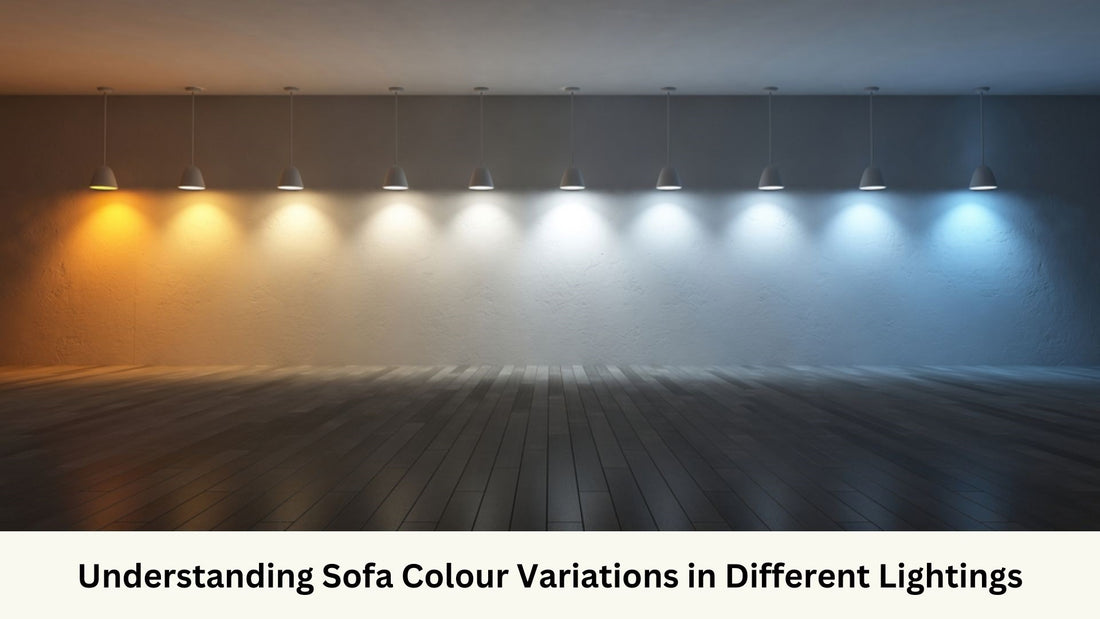
Understanding Sofa Colour Variations in Different Lightings
Share
When it comes to choosing a sofa, one of the most important factors to consider is the color. The color of your sofa can greatly impact the overall look and feel of your living space. However, it's essential to understand that the color of a sofa can appear different in various lighting conditions. In this blog post, we will explore the reasons behind sofa color variations in different lightings and provide you with some tips to help you make the right choice.
Why do sofa colors appear different in different lightings?
The phenomenon of sofa color variations in different lightings can be attributed to the way light interacts with different materials. Light is composed of different wavelengths, and when it hits an object, certain wavelengths are absorbed while others are reflected. The reflected wavelengths determine the color that we perceive.
However, the color of an object can change depending on the type and intensity of the light source. Natural light, such as sunlight, is considered the most accurate representation of colors. On the other hand, artificial lighting, such as incandescent or fluorescent bulbs, can alter the appearance of colors.
Factors that influence sofa color variations
Several factors contribute to the variations in sofa colors under different lightings:
- Light temperature: The temperature of light is measured in Kelvin (K). Warm light, with a lower Kelvin value, tends to have a yellowish or reddish hue, while cool light, with a higher Kelvin value, appears bluish. Different light temperatures can affect how colors are perceived.
- Color temperature of the sofa: The color of the sofa itself can also influence how it appears under different lightings. For example, a light-colored sofa may appear brighter and more vibrant under natural light, while a dark-colored sofa may appear deeper and richer.
- Light direction and intensity: The direction and intensity of light can create shadows and highlights on the sofa, which can affect how the color is perceived. Light coming from different angles can create different visual effects.
Tips for choosing the right sofa color
Now that you understand the factors that contribute to sofa color variations, here are some tips to help you choose the right color:
- Consider the lighting in your space: Take into account the type of lighting in your living room. If you have a lot of natural light, you can opt for a wider range of colors. If your space relies heavily on artificial lighting, it's best to choose colors that complement the type of bulbs you use.
- Test the color in different lightings: Before making a final decision, it's a good idea to test the color of the sofa in different lighting conditions. Take fabric swatches or samples home and observe how they look under natural and artificial light.
- Consider the overall color scheme: Think about the existing color scheme in your living room. Choose a sofa color that complements the other elements in the space, such as the walls, flooring, and curtains.
By understanding the variations in sofa colors under different lightings and following these tips, you can make an informed decision and choose a sofa color that will enhance the beauty of your living space. Remember, it's not just about how the sofa looks in the showroom, but how it will look in your home.
Last updated: 22nd Jan 2024
